Palmetto Bluff Real Estate Company Sales Office
Office Hours
Monday-Friday 9am - 5pm
Saturday 9am - 4pm
Sunday 12 - 4pm
Saturday 9am - 4pm
Sunday 12 - 4pm
In the summer of 1838, 25-year-old Henry Hartstene, owner of Palmetto Bluff’s Chinquapin and Greenleaf plantations, set sail with the U. S. Exploring Expedition.
Hartstene had been in the navy for nearly ten years; he enlisted shortly after graduating from the American Literary, Scientific, and Military Academy in Middletown, Connecticut in 1828. Other than a few months’ leave in 1836 to marry Martha Ann Roberts in Savannah, he had been at sea for most of those years. The U. S. Exploring Expedition, however, was unlike any of Hartstene’s previous naval assignments. The six ships of the expedition had minimal armaments as their mission was scientific and commercial rather than military. The flotilla was to explore and map the South Pacific and Antarctic Oceans and assess the potential for economic enterprises such as whaling. Nine scientists were to collect specimens and illustrate the flora, fauna and native cultures encountered during the voyage.
By 1842, when the expedition returned, an extraordinary amount of scientific information had been collected. Thousands of observations of temperature, winds, currents and astronomical details would assist navigators for decades. The detailed maps of the islands of the South Pacific would be used by military commanders in World War II. The specimens brought back by the biologists and the ethnographers would become some of the greatest treasures of the collection of the Smithsonian’s natural history museum. But it was the live plants that required an immediate home, and they would become the foundation of the United States Botanic Garden.
The idea of a national botanical garden arrived well before the return of the explorers. In fact, George Washington had proposed including a botanical garden during the planning of the capital. Washington, like Jefferson and other leaders of the young nation, regarded plants as critical to the economic success of the United States. Washington believed that the agricultural and medicinal value of plants from around the world could be investigated at a botanical institution, and he suggested several possible locations in the plans for the District of Columbia. Nevertheless, it wasn’t until 1820 that Congress set aside land in the city of Washington for a botanical garden. Despite the initial enthusiasm, financial support proved fleeting, and in 1837, care and maintenance of the garden ended.%GALLERY%The return of the U. S. Exploring Expedition with its thousands of pressed plants, 250 live plants and numerous seeds, reawakened interest in a botanical garden, and the old garden was renovated and expanded, and a new greenhouse was constructed. As other expeditions brought back tropical plants from distant and mysterious locales, new greenhouses were added.
The United States Botanic Garden rapidly became a favorite destination for residents and visitors, and an excursion to view the latest horticultural novelty or resplendent blossom was especially popular. Americans throughout the country were as fascinated by exotic additions to the garden as they were by the expeditions that procured them. A Charleston newspaper in 1857 recommended that “Strangers in Washington as well as our fellow-citizens should visit the conservatories of the general government. The inside of some of these buildings at this time presents the appearance of an immense bouquet of every variety of rich and rare flowers, and the odor which meets one on entering them is exquisitely delicious. In the large building, besides the coffee tree, the tea plant, the cinnamon and clove trees, the visitor will find rare plants and flowers from almost every clime.” (Charleston Mercury, April 3, 1857).
Today, the United States Botanic Garden, open daily from 10 a.m. to 5 p.m., welcomes over 750,000 visitors per year. In addition to preserving and propagating rare and endangered plants from around the world, the Botanic Garden’s educational exhibits showcase the earth’s diverse ecosystems as well as new cultivars and innovations in garden design. One display has a special significance to Palmetto Bluff: the sago palm in the Garden Court is the original plant brought back by the U. S. Exploring Expedition, a scientific voyage that included the Bluff’s own Henry Hartstene.
Photography courtesy of the Library of Congress
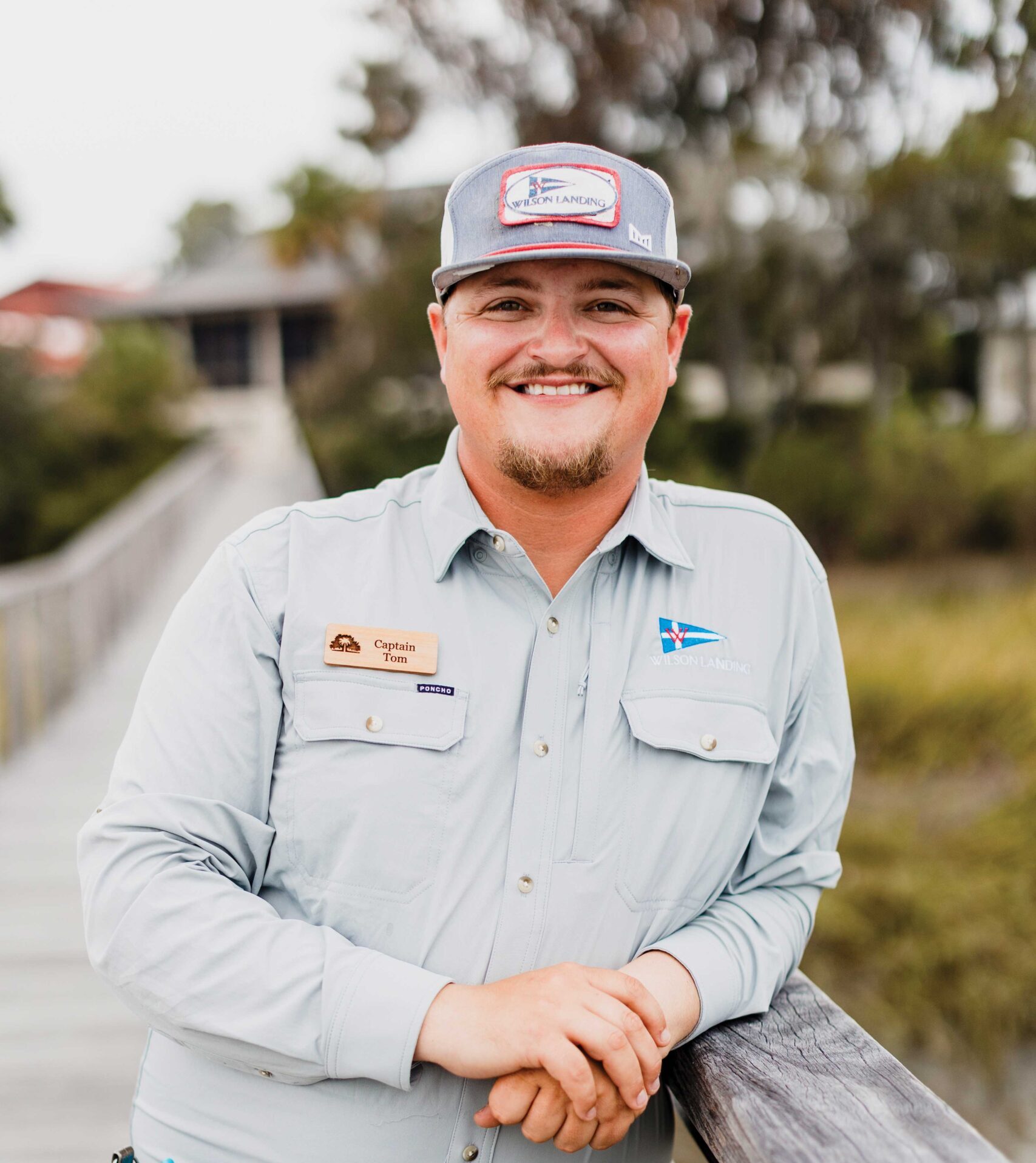
The Bluff | Spring/Summer 2025 Tell me about where you grew up. I was born and raised on Broad Creek in Hilton Head and I’ve been boating and fishing since I was a tiny kid. I got into the industry when I was eight. I’d go down to Shelter Creek Marina and be...
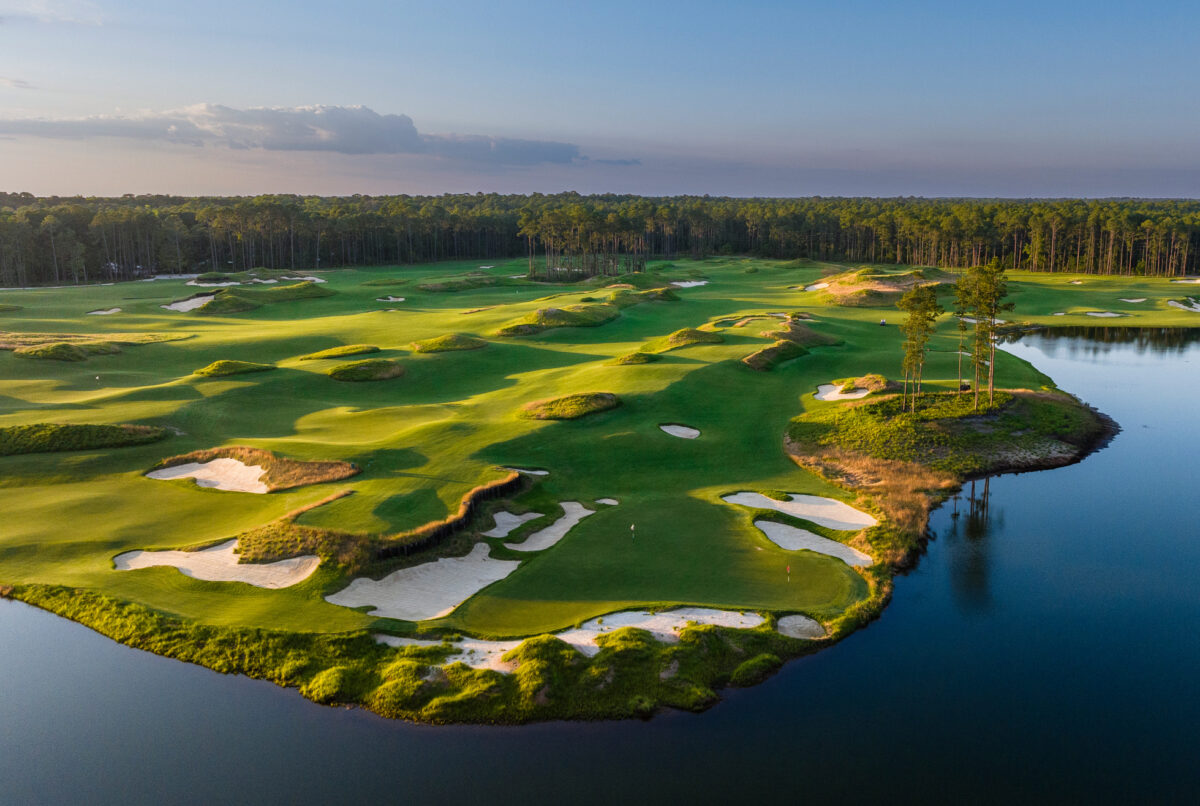
How to Enjoy a Day of Golf at Crossroads At Palmetto Bluff, Crossroads nine-hole golf course offers more than a place to play—it provides a sense of belonging. While the course layout is thoughtfully designed and visually stunning, what sets Crossroads apart...
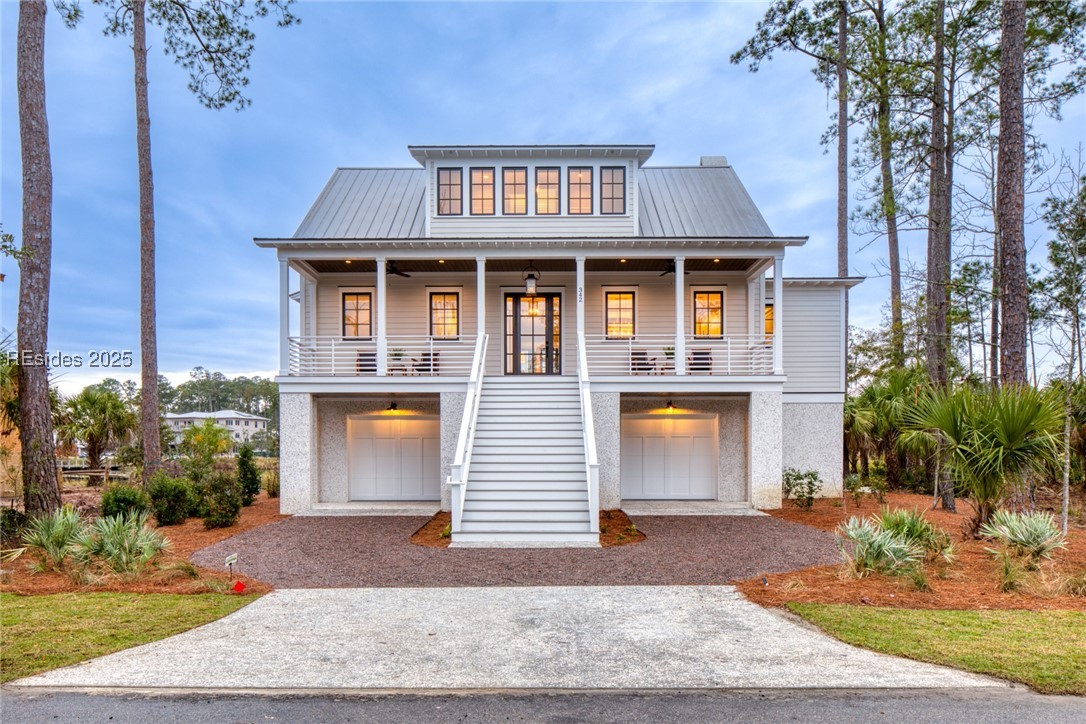
Explore 342 Corley Street in Moreland Village Every home at Palmetto Bluff tells a story, and 342 Corley Street is no exception. Perched above a sparkling lake in the heart of Moreland Village, this four-bedroom, four-and-a-half-bath Southern Coastal-style ho...

You know Spring has arrived at the Bluff when The Farm begins buzzing with activity. You can find a bounty of eggs in beautiful hues, bright green potato vines popping up in rows, and Better Boy, Celebrity, and Red Brandywine tomatoes ripening in the sun. We a...

The homes at Palmetto Bluff are known for their expansive and inviting porches, which embody the spirit of Southern charm and hospitality. These porches are more than architectural features; they serve as seamless extensions of the living space, fostering a co...
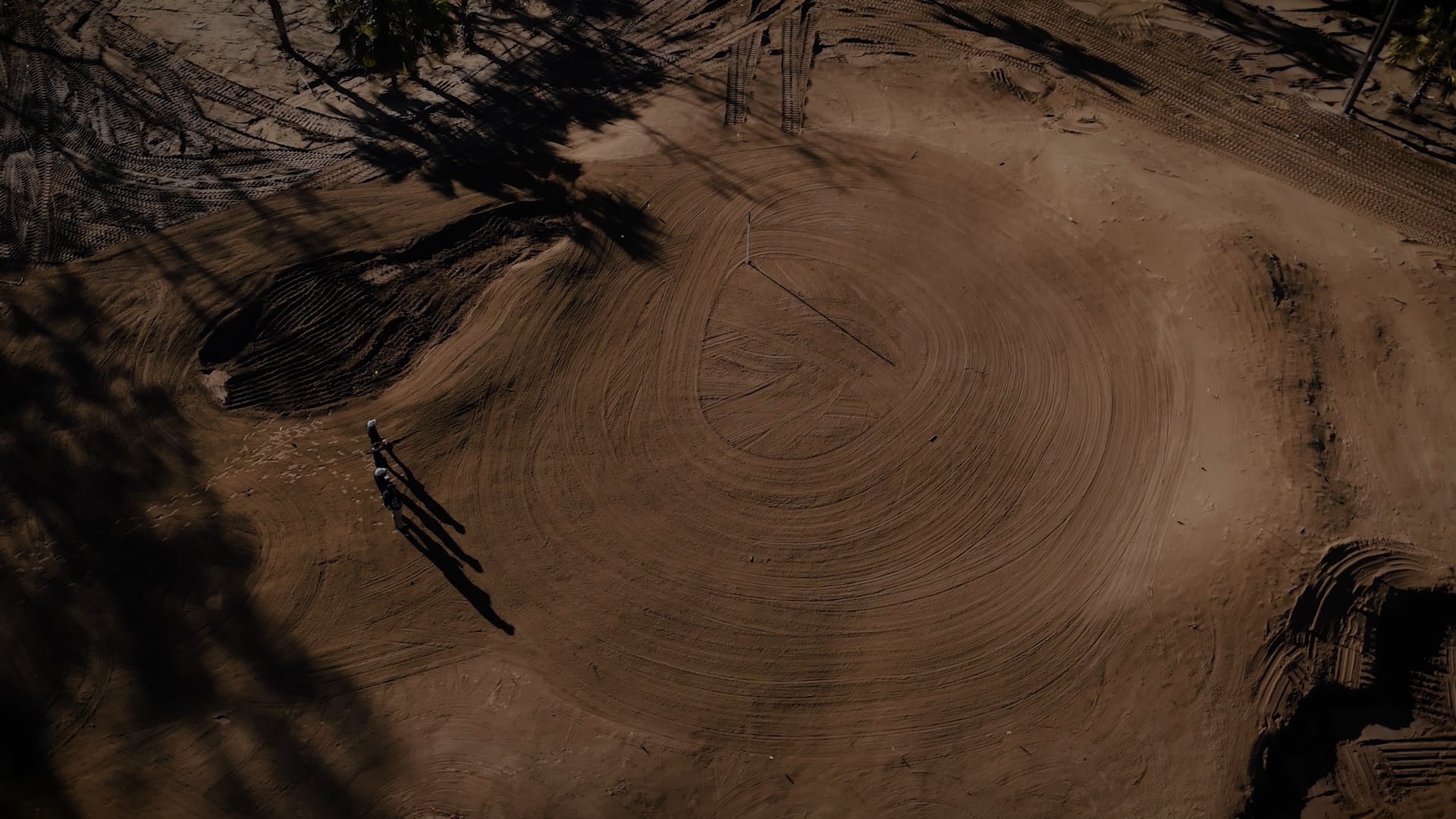
Take a closer look at the artistry and intention behind the new Coore & Crenshaw golf course coming to life in Anson. In this exclusive video, hear directly from Ben Crenshaw as he shares how each hole was thoughtfully designed to offer a unique experience...
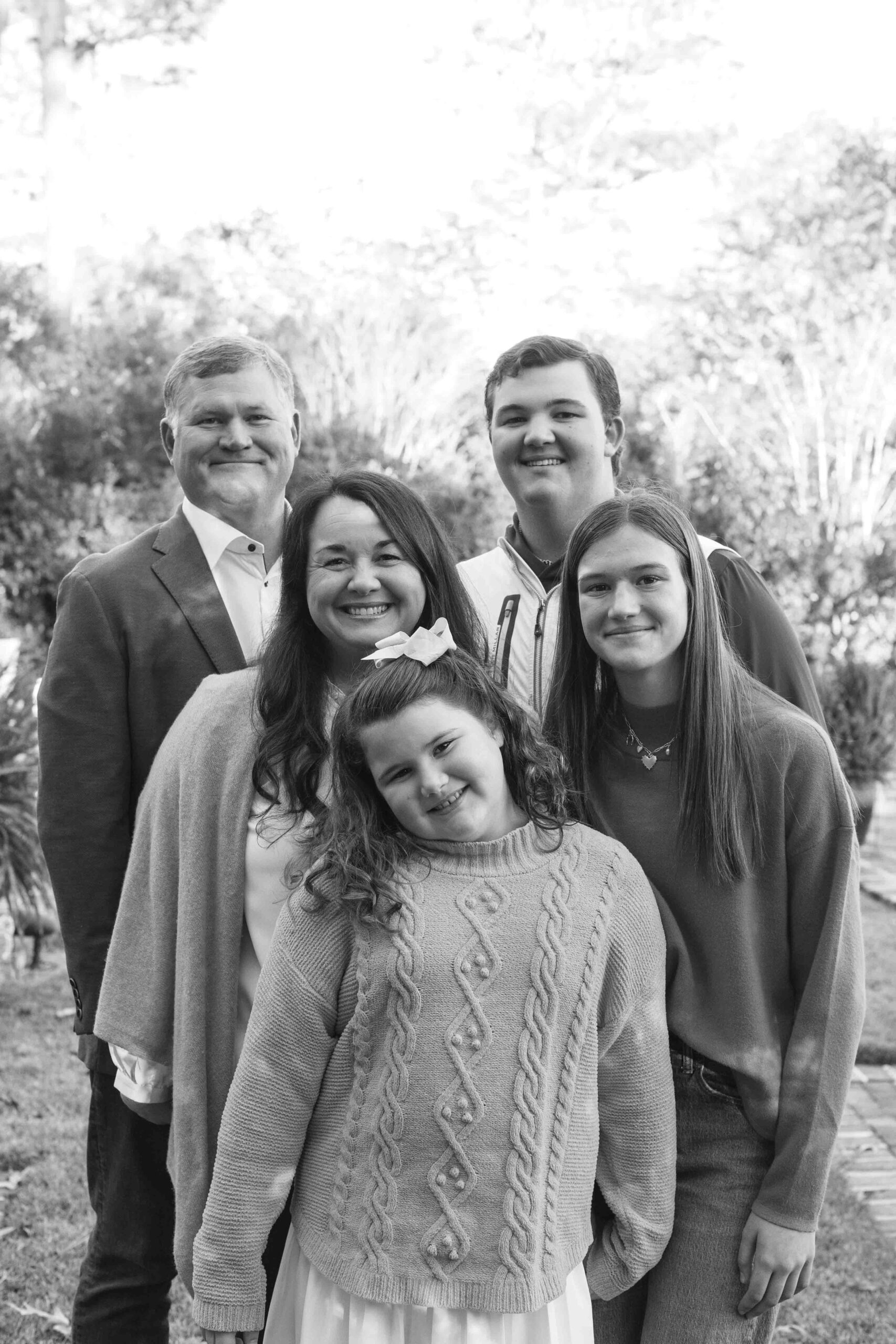
Randy, Carole Anne, Sage, Tyson, and Wren Oliver Where are you from? Randy: We're both from Manning, South Carolina. We met in high school. Carole Anne: We were high school sweethearts! Randy: In 2013, we moved to St. Louis and were there for over seven ...
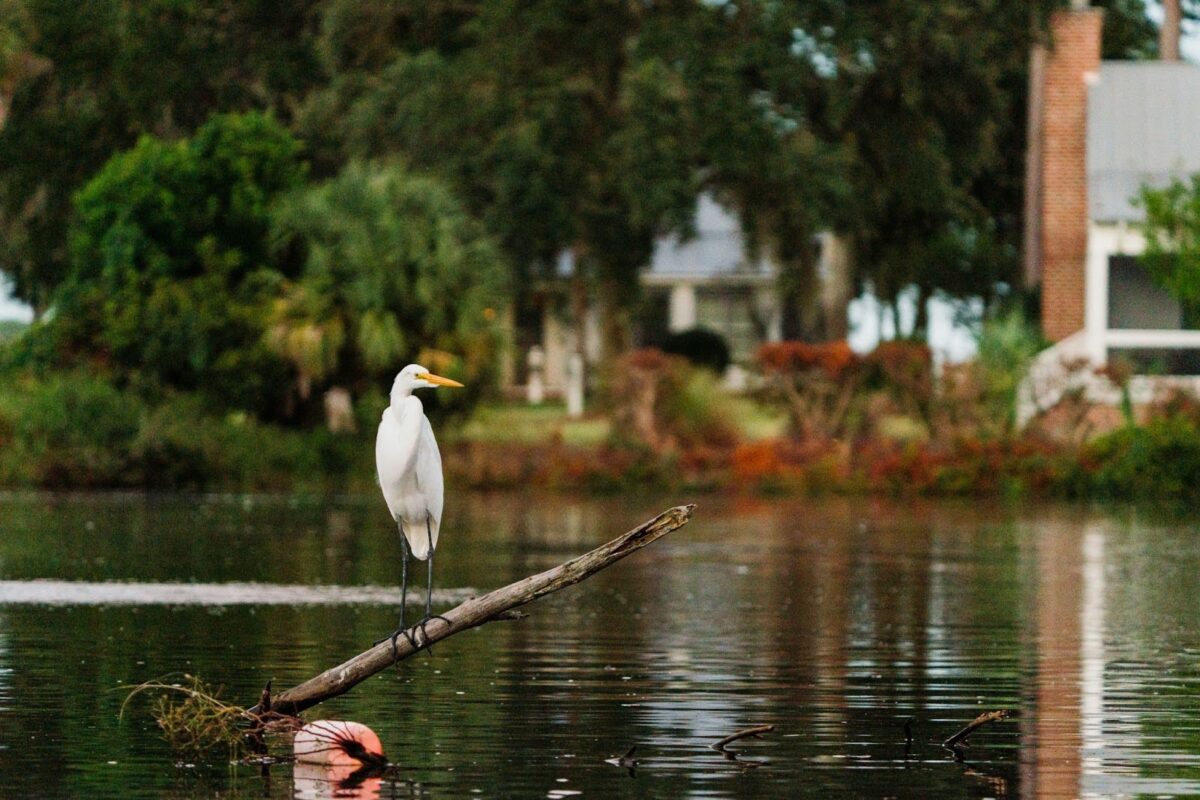
Where to Spot South Carolina Wildlife This Spring As spring breathes new life into the Lowcountry, Palmetto Bluff becomes a haven for nature enthusiasts eager to experience the vibrant South Carolina wildlife. Warmer temperatures, lush landscapes, and longer ...
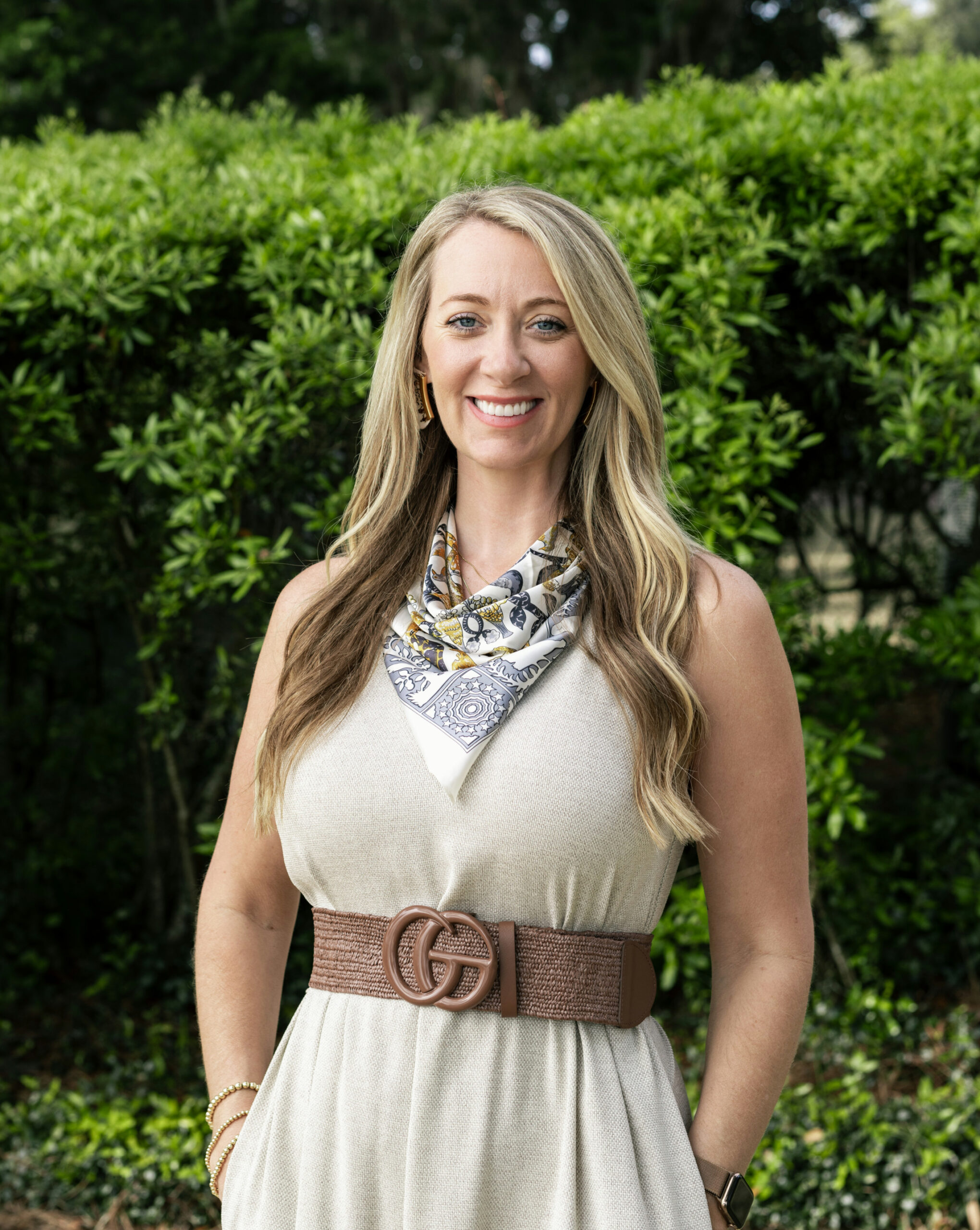
Amanda’s Journey to Palmetto Bluff Real Estate Company Tucked along the banks of the May River, Palmetto Bluff is where history, nature, and timeless design come together to create something truly special. For Amanda Cutrer, a dedicated sales agent with Palme...
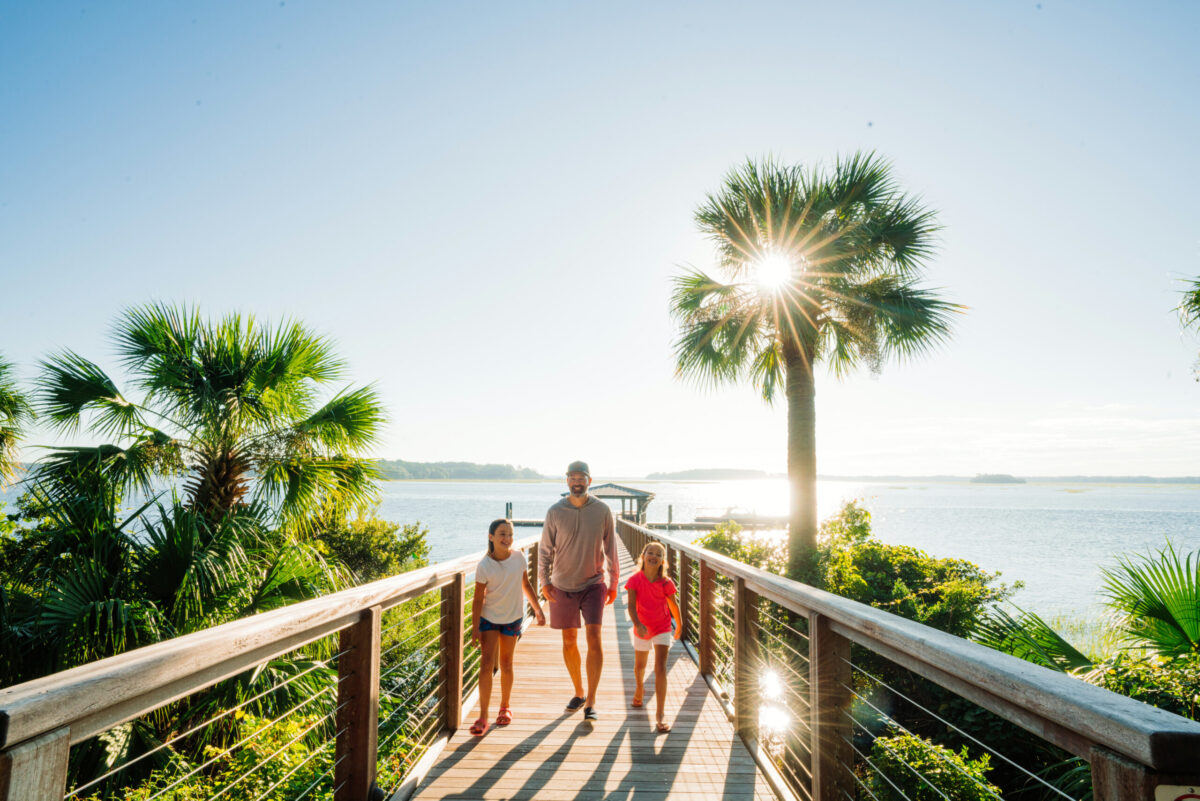
Palmetto Bluff Members: A Look into the Lifestyle Imagine waking up to a cascading canopy of natural oak trees. You can hear the sounds of the May River careening in the background and smell the aroma of finely ground espresso slowly engulfing your waterfront...
Learn about the Palmetto Bluff Conservancy and how we keep the vision of our land in place.
On land or water, there is an ever-evolving variety of activities.
We do not attempt to independently verify the currency, completeness, accuracy or authenticity of the data contained herein. All area measurements and calculations are approximate and should be independently verified. Data may be subject to transcription and transmission errors. Accordingly, the data is provided on an “as is” “as available” basis only and may not reflect all real estate activity in the market”. © [2023] REsides, Inc. All rights reserved. Certain information contained herein is derived from information, which is the licensed property of, and copyrighted by, REsides, Inc.